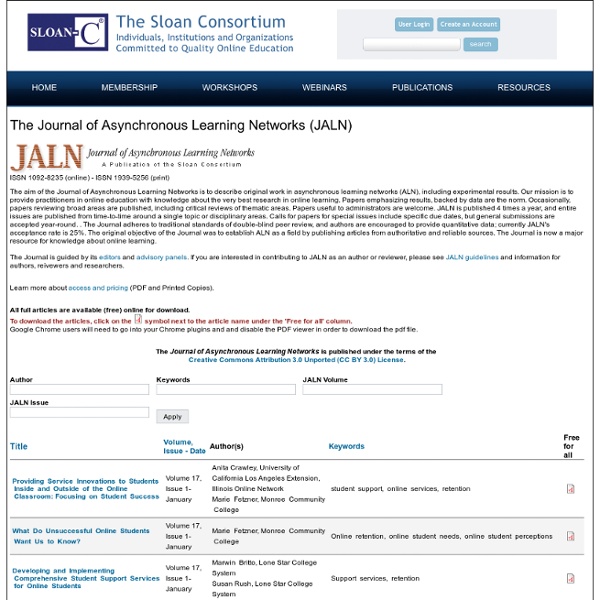



Clay Shirky Fifteen years ago, a research group called The Fraunhofer Institute announced a new digital format for compressing movie files. This wasn’t a terribly momentous invention, but it did have one interesting side effect: Fraunhofer also had to figure out how to compress the soundtrack. The result was the Motion Picture Experts Group Format 1, Audio Layer III , a format you know and love, though only by its acronym, MP3. The recording industry concluded this new audio format would be no threat, because quality mattered most. Who would listen to an MP3 when they could buy a better-sounding CD at the record store? Then Napster launched, and quickly became the fastest-growing piece of software in history. If Napster had only been about free access, control of legal distribution of music would then have returned the record labels. How did the recording industry win the battle but lose the war? The people in the music industry weren’t stupid, of course. But who faces that choice?
Journals-Articles JOLT - Journal of Online Learning and Teaching UDL Guidelines Graphic Organizer This graphic is also available in PDF format. UDL Guidelines graphic organizer text despcription This graphic organizer of the Universal Design for Learning Guidelines depicts the three main principles of UDL in three color-coded columns with numbered explanations and bulleted examples beneath each principle heading. Principle I. 1. 2. 3. Principle II. 4. 5. 6. Principle III. 7. 8. 9. A footer at the bottom of the graphic organizer reads © 2011 by CAST.
NCAT Homepage Media Psychology Research Center ABC: 10 reasons NOT to create a course and 10 other options My colleague, Clark Quinn, recently wrote a blog post, Yes, you do have to change, in which he explained how he felt that “the elearning industry, and the broader learning industry, is severely underperforming the potential”. He also went on to say: “While the industry congratulates itself on how they make use of the latest technology, the lack of impact is leading a drive to irrelevancy. Learners tolerate the courses, at best. Operations groups and others are beginning to focus on the performance solutions available. Executives are beginning to hear a message that the old approach is a waste of resources.” Readers of this blog know that I have similar feelings, and only recently wrote a recent post about how many packaged instructional solutions (e.g. online courses) are clearly not working. Clark says “The best way to change is to take that first step.” To start the ball running here are 10 suggestions as alternatives to courses (with some examples).
The Journal of Virtual Worlds and Education Brain Rules: Brain development for parents, teachers and business leaders | Brain Rules | Using Discussion Board rubrics - eTopics Basic rubric Instructors teaching online courses may use this streamlined rubric to assess student discussion board participation. Grading Criteria for Weekly Discussion Question Postings (4 points/week, 60 points total) Your weekly postings will be assessed using the following guidelines. As you can see, the following rubrics assess the quality of your postings and not the quantity (we're not looking for "good idea" or "I agree"). Detailed rubric Instructors accustomed to more sophisticated grading rubrics may find this example useful. To facilitate ease of use and communication, all online discussion postings should be typed directly into the discussion message window. For each discussion, please take time to consider the associated reading before posting your initial comments. In order for our online discussions to be effective it is important for each member of the class to participate during the allotted time frame. When composing replies here are a few approaches to consider:
Learning Journal I was tasked this week with creating a digital profile; what type of digital profile and how much to disclose or not to disclose was our choice. However, our choices were to be explained and supported. My response: When starting this project I began with trepidation, much the same approach I use with social media in general. In order to maintain my personal privacy, I am very cautious in what I post to any social network, in hopes of leaving a digital thumbprint. Subsequently, for this assignment I developed a ePortfolio that highlights my strategically chosen online activities. In addition, I am careful what information I post to the World Wide Web as I worry about boundaries between my students and myself. Based on these considerations and design needs I used Thinglink to create an interactive collage of some of my professional highlights. Thank you for reading and sharing your thoughts ~ Zipora References: Allen, C. Joinson, A., McKenna, K., Postmes, T., & Reips, U. (2007).